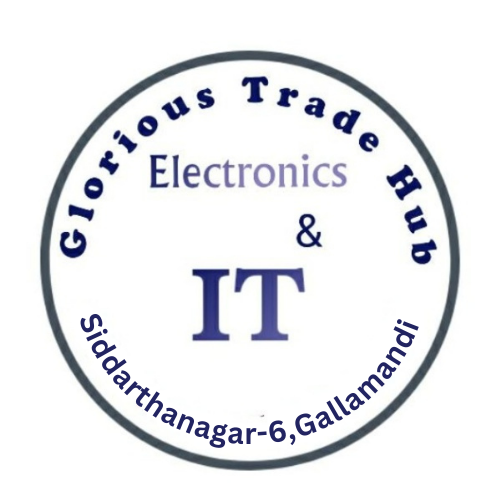The burgeoning economic significance of immersive computing platforms is meticulously captured in the Augmented Virtual Reality Hardware Market Valuation. This valuation is a comprehensive financial measure of the entire global ecosystem dedicated to the manufacturing and sale of devices that enable augmented and virtual reality experiences. It is a composite figure, aggregating revenues from a diverse and rapidly evolving range of hardware components. This includes the sale of core head-mounted displays (HMDs), which are segmented into virtual reality (VR) headsets that create fully immersive digital worlds, and augmented reality (AR) smart glasses and headsets that overlay digital information onto the user's real-world view. The valuation also encompasses a wide array of essential peripheral devices and components, such as motion-tracking controllers, haptic feedback suits and gloves that provide a sense of touch, and specialized 360-degree cameras for capturing immersive content. Furthermore, the valuation is bolstered by the underlying semiconductor market, including the powerful processors, high-resolution displays, and specialized sensors (like accelerometers, gyroscopes, and depth sensors) that are the foundational building blocks of these devices. The AR/VR Hardware market is projected to grow USD 389,066.4 million by 2030, exhibiting a CAGR of 37.5% during 2023 - 2030. This extraordinary projection underscores the strategic consensus that AR and VR are not niche technologies but represent the next major computing platform, justifying the immense and accelerating investment from the world's largest technology companies.
A granular deconstruction of the market's valuation reveals its dual-pronged penetration into both the consumer and enterprise markets, each contributing significantly to the total economic value. The consumer segment, while currently larger in unit volume, is driven by the gaming and entertainment industries. The valuation here is built upon the sales of VR headsets for immersive gaming, social VR experiences, and the consumption of 360-degree video content. The enterprise and commercial segment, however, is projected to be the primary driver of long-term value. This sector's contribution to the valuation is incredibly diverse, spanning numerous industries. In manufacturing and engineering, the valuation is driven by the adoption of AR smart glasses for providing remote expert assistance to field technicians and for overlaying digital work instructions onto complex machinery. The healthcare sector is another massive contributor, with investment in VR for surgical training simulations and AR for pre-operative planning and medical education. The valuation is also heavily bolstered by the retail sector (for virtual try-on and in-store navigation), the architecture and construction industry (for immersive design reviews), and the corporate training space (for creating realistic soft-skills simulations). This broad-based adoption across a multitude of high-value enterprise use cases provides a resilient and diversified foundation for the market's impressive financial standing.
Looking ahead, the market's valuation is poised for significant expansion, driven by the technological evolution towards lighter, more powerful, and more seamlessly integrated devices. The valuation will be increasingly inflated by the development of true, all-day wearable AR smart glasses that are stylistically indistinguishable from regular eyewear, a technological holy grail that will unlock the mass consumer market. The convergence of AR and VR into a single category of "Mixed Reality" (MR) or "Extended Reality" (XR) headsets, which can seamlessly switch between fully immersive and real-world overlay experiences, will also command a premium price point. Furthermore, the development of a richer ecosystem of haptic and sensory feedback devices will add new, high-value layers to the market's valuation, moving beyond sight and sound to create truly multi-sensory immersive experiences. The continuous innovation in underlying component technology, such as the development of higher-resolution micro-OLED displays and more efficient processors, will also be a key factor in driving both performance improvements and, in the long term, cost reductions that will fuel wider adoption and ensure the market's valuation continues on its steep upward trajectory.
Top Trending Reports -
France Business Rules Management System Market



